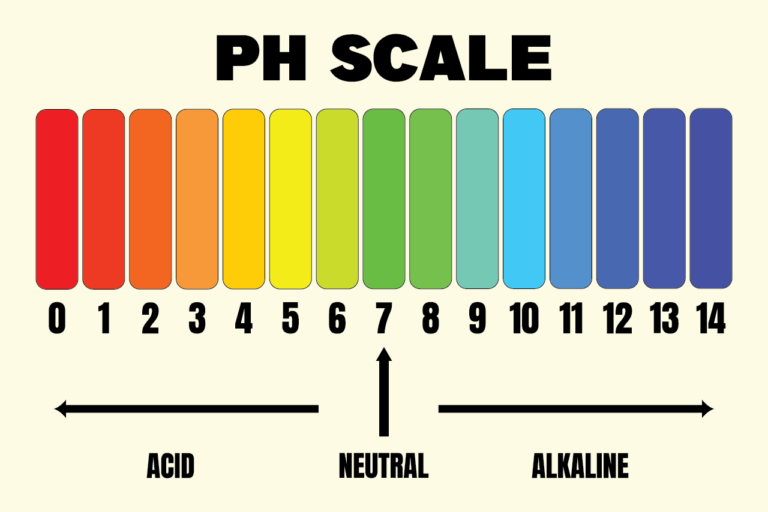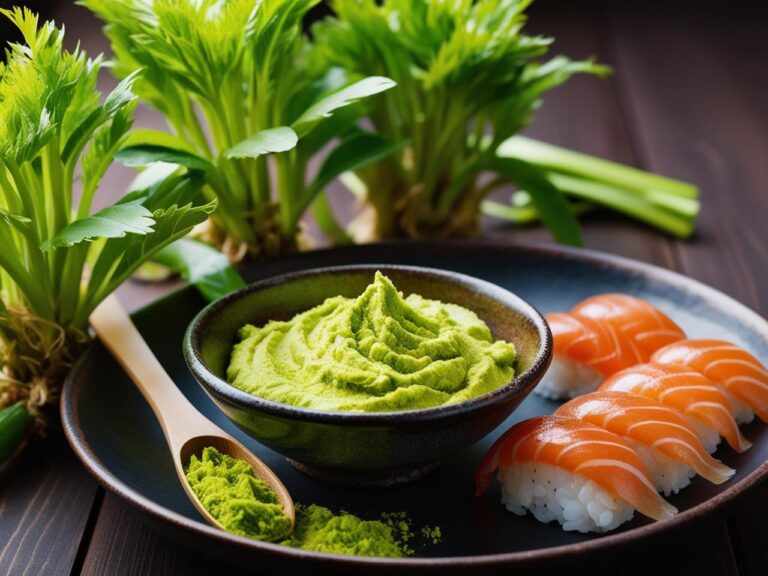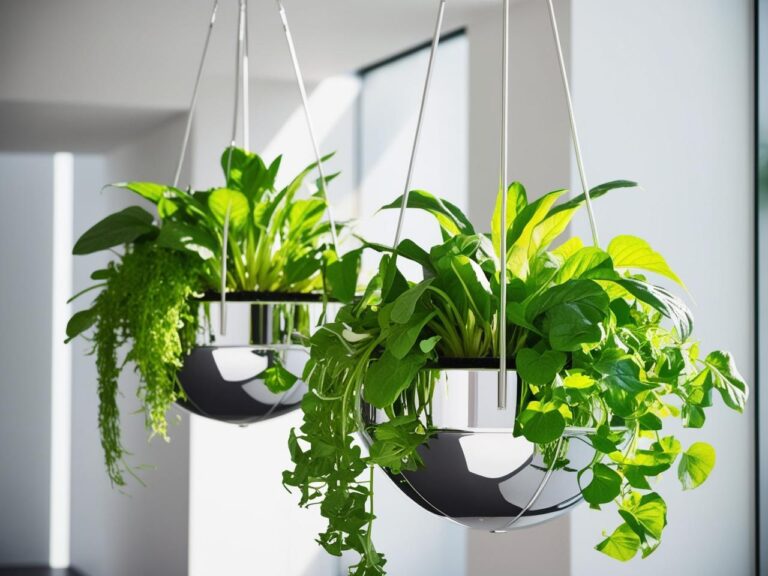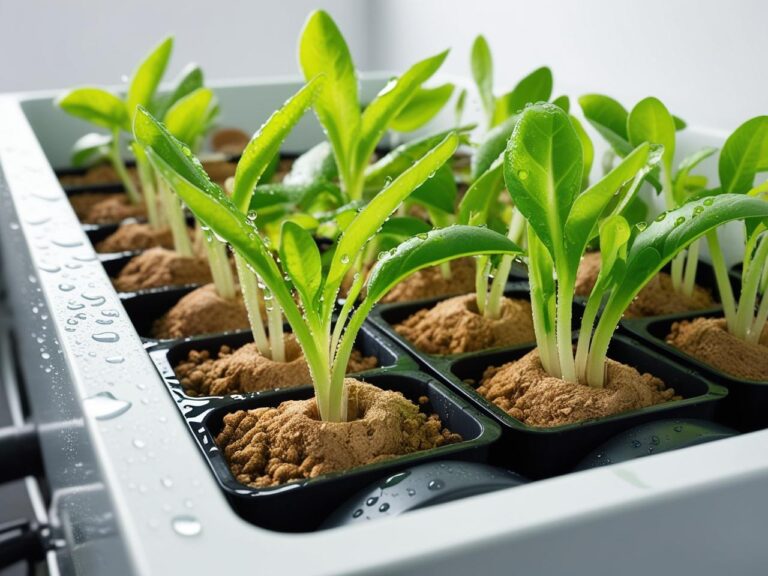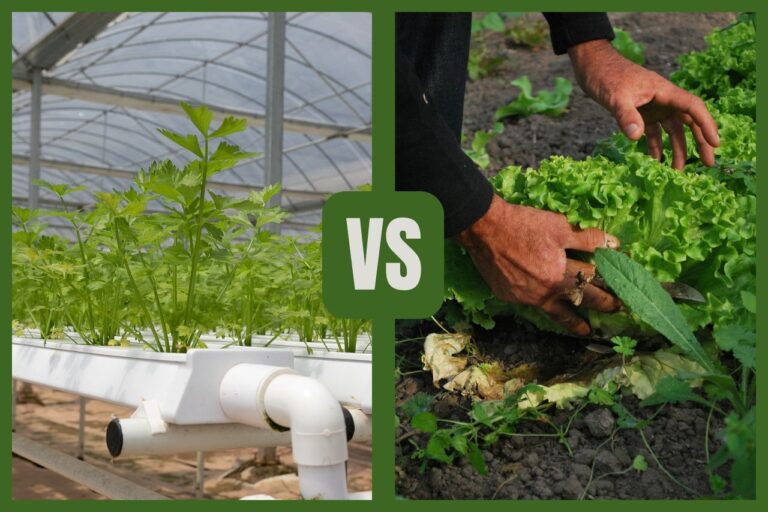Growing Hydroponic Chamomile: A Step-by-Step Guide
Chamomile is a beloved herb known for its calming properties, delicate flowers, and versatility in teas, skincare, and aromatherapy. Growing hydroponic chamomile can be a game-changer for gardeners looking to enjoy this herb year-round. This guide will walk you through the benefits, setup, and care required for a thriving hydroponic chamomile garden.
| Germination Time | EC Range | pH Range | Time to Harvest |
|---|---|---|---|
| 7–14 days | 1.0–1.6 | 6.5–6.5 | 60–90 days (depending on variety and growing conditions) |
| Nutrient and Health Information |
|---|
| Chamomile is known for its calming properties, used in herbal teas to promote relaxation, sleep, and digestion. It is rich in antioxidants, particularly flavonoids, and has mild anti-inflammatory effects. In hydroponics, chamomile benefits from a balanced nutrient mix that supports healthy leaf and flower production. |
| Tips and Tricks |
|---|
| Chamomile prefers a well-drained, slightly acidic to neutral growing environment. |
| Ensure good air circulation around the plant to prevent mold or mildew issues. |
| Regularly pinch back the plant to encourage bushier growth and more flowers. |
| Harvest chamomile flowers in the morning when they are fully open to get the best flavor and aroma. |
| Keep the growing temperature between 65–75°F (18–24°C) for optimal growth. |
| Chamomile can be a low-maintenance plant in hydroponics, but ensure it gets enough space to grow, as it can become leggy if crowded. |
| Consider using a light nutrient solution that’s balanced but not too heavy on nitrogen, as chamomile prefers a lighter nutrient profile for the best flavor. |
| If growing indoors, ensure chamomile gets enough natural or artificial light, aim for at least 12–16 hours per day for optimal flowering. |
1. Why Grow Chamomile Hydroponically?
Hydroponics offers a soil-free way to cultivate plants, ensuring faster growth and higher yields. Here’s why it’s ideal for chamomile:
- Year-Round Growth: Control over the environment allows for continuous harvests.
- Pest Reduction: Growing without soil minimizes pests and diseases.
- Space Efficiency: Perfect for small spaces, as systems can be vertical or compact.
- Nutrient Control: Tailor nutrients to maximize chamomile’s essential oil content.
2. Uses of Chamomile
Chamomile is widely recognized for its medicinal properties and is often used to help with sleeplessness, anxiety, and upset stomachs. The flowers are used to make relaxing teas, and the plant is also used in herbal remedies, beverages, and skincare products. Additionally, some brewers use the whole plant in beers and ales.
- Grow Your Own Tea - Chamomile is super easy to grow and has many benefits. The dried flowers/leaves make a popular herbal tea that is very soothing before bedtime.
- Easy to grow - Instructions included on each packet.
3. Types of Chamomile
The two main types of chamomile are German chamomile (Matricaria recutita) and Roman chamomile (Chamaemelum nobile). German chamomile is an annual plant that is often used for making tea, while Roman chamomile is a perennial often used as a ground cover. There are also other varieties of German chamomile, such as ‘Bodegold’, ‘Gosal’, and ‘Zloty Lan’.
4. Choosing the Right Hydroponic System
Chamomile thrives in several hydroponic systems, including:
- Deep Water Culture (DWC): Keeps roots submerged in nutrient-rich water, promoting steady growth.
- Nutrient Film Technique (NFT): Circulates nutrients over roots, ensuring they stay hydrated and oxygenated.
- Ebb and Flow: Floods the roots with nutrients before draining, mimicking natural watering cycles.
Pick a system based on your available space and experience level.
Want to dive deeper? Read our article on Hydroponics Systems Explained: A Beginner’s Guide here.
5. Growing Chamomile from Seed
Chamomile seeds require light to germinate and typically sprout in 7-14 days. Seeds should be planted shallowly, deep enough to take root but not so deep that they are unable to gather light. It is best to start seeds indoors about six weeks before the last expected frost or direct-seed outdoors in the fall.
6. Light Requirements
Chamomile needs plenty of light, typically 14-16 hours a day to encourage flowering. While it grows well in full sun, partial shade can be beneficial in hotter climates to prevent burning the blooms. If growing indoors, LED grow lights are suitable.
7. Setting Up Your Hydroponic Chamomile Garden
Follow these steps to create an ideal environment for chamomile:
- Select Quality Seeds or Seedlings: Choose German chamomile (Matricaria chamomilla) for its abundant blooms and high essential oil content.
- Grow Lights: Use full-spectrum LED lights to mimic sunlight, providing 12-16 hours of light daily.
- Temperature and Humidity: Maintain temperatures between 68-77°F (20-25°C) and humidity levels around 50-60%.
- Nutrient Solution: Use a balanced nutrient mix with an N-P-K ratio around 2-1-2. Monitor pH levels, keeping them between 5.5 and 6.5.
- Planting Medium: Use rockwool, coco coir, or clay pellets to support root growth.
8. Hydroponic and Soil pH
Chamomile is not particular about its soil pH, preferring a neutral range of 5.6 to 7.5. It grows well in well-drained soil, and while it can survive in poorer soil, rich, organic soil is best. When grown hydroponically, the ideal pH range is between 5.5 and 6.5.
9. Watering
Young chamomile plants should be watered about an inch per week, and as they mature, it is best to allow them to dry out between watering’s. When grown hydroponically, the water quality should be clean, and tap water may need to be treated if it contains high levels of chlorine.
10. Nutrients and Fertilization
Chamomile does not need fertilizer to grow well. However, a hydroponic nutrient solution can be used. To encourage more flowers, a mix of general and flower-focused nutrients can be used. When growing hydroponically, the ideal EC value is between 1.0 and 1.6 and PPM range is approximately 560 to 840.
We also wrote about 10 Easy To Grow Herbs You Can Grow Hydroponically Indoors – check it out here.
11. Caring for Hydroponic Chamomile
- Watering: Regularly check the water level and nutrient concentration, topping up as needed.
- Pruning: Trim back overgrown leaves to encourage airflow and flower production.
- Deadheading: Remove faded flowers to promote new buds.
- Pollination: Chamomile is self-pollinating, but gently shaking the plant can help.
- Pest Management: While chamomile is generally pest-resistant, aphids and thrips can sometimes be a problem and can be treated with insecticidal soap. Brown spots on the leaves can be a sign of fungal disease, which can be treated with fungicidal oil. Root rot can occur in hydroponic systems due to over-wet conditions or poor air circulation.
12. Harvesting Chamomile
Chamomile flowers are ready to harvest when fully open, with white petals lying flat. Here’s how to harvest:
- Timing: Harvest in the morning when oil content is highest.
- Method: Pinch off flowers gently or use small scissors.
- Drying: Spread flowers on a mesh tray in a cool, dry place to preserve their quality.
- Seed Harvesting: Wait until the flowers dry on the stem before collecting seeds.
13. Hydroponic Growing Tips
Chamomile can be grown hydroponically, which involves using a nutrient-rich water solution instead of soil. For hydroponic growing, opaque containers are recommended to prevent algae growth. Various mediums, such as rockwool, clay pellets, vermiculite, and perlite, can be used.
14. Benefits of Hydroponic Chamomile
- Sustainability: Uses up to 90% less water compared to soil gardening.
- Consistency: Delivers uniform quality with fewer variables.
- Freshness: Enjoy freshly harvested chamomile for teas and other uses.
15. Troubleshooting Common Issues
- Yellowing Leaves: May indicate nutrient imbalance. Check and adjust your solution.
- Stunted Growth: Could be due to low light or incorrect pH levels.
- Root Rot: Ensure proper aeration and avoid overwatering.
Want expert advice on Understanding Hydroponic pH Levels and How to Manage Them? This post has it all.
Growing hydroponic chamomile is a rewarding experience that combines innovation and tradition. With the right setup and care, you can enjoy the soothing benefits of chamomile all year long. Start your hydroponic journey today and bring a touch of tranquility to your home garden. Happy gardening!



